
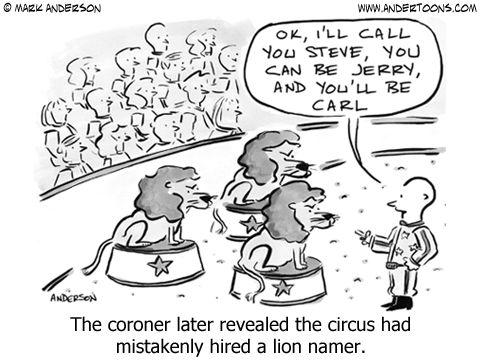
Unlike formal, appointment-based interviews, the process of hosting an open call interview can be refreshingly fast. But with speed can come a certain level of uncertainty; open call interviews imply that anyone, of any varied background can walk through your doors and pitch themselves for a job they may have zero qualifications for.
So what is a founder to do? The answer is to learn how to properly manage the pros and cons of this process so that they not only work for the candidates, but for you, your schedule and the position at hand. Read on to discover 4 ways in which you can host an open call interview with a small business twist.
Pro: The Candidate Pool is Deep
Most open call interviews are just that; they list the job, the date, time and place of the interview and then open the floodgates. However, while it’s great to be introduced to a deep candidate pool, it may be too much to tread through the day of. Most people shy away from open call interviews for this very reason; it’s great to have a wide variety of candidates, but how many of them will actually be qualified?
Regain some control by posting the details of the job and requesting emailed information
BEFORE your reveal the date, time and location of the open call interview. You can put tests in place (i.e. Put “Kiwi” as the subject line) and immediately weed out those respondents that didn’t take to time to read and follow directions.
Keeping with the speed and convenience of open call interviews, perhaps request that people bring their resumes with them rather than attaching them for your lengthy review.
Instead, request email respondents to answer three easy questions in one simple sentence (i.e. “Why are you a fit for this job?”). With a quick scan you can still extend an open call invitation to numerous candidates; however you’ll have trimmed out those that are clearly not a fit right from the start.
Con: Time Is Limited
Open call interviews take place in a varied window of time (i.e. from 8am-10am). To help manage the influx of people coming in at varying times have a welcome packet prepared that people can fill out while they sit and wait for their turn. Use the packet to help cut through time constraints and get a jumpstart on the answers you’re looking for.
As time saving as these packets can be, it’s important to remember to keep the interview a two-way conversation. Let the packet serve as your guide by providing jumping off points for deeper, more thorough face-to-face discussions.
Pro: You Can Find Your New Hire By The Day’s End
The most exciting prospect of hosting an open call interview is the fact that by the end of the day, you may have found your next hire. He or she presented him/herself nicely, they answered the right questions and you have a good feeling about them…but hold on.
Just because you may feel like you have found your match, don’t rush the process of making a final hiring decision. Instead, offer your top candidates the chance to prove themselves with an individual, deadline-driven test. This test should be something they can do later a home and within a reasonable time frame. Pair the results with your feelings from the interview and you’ll be able to come to a more secure, thorough hiring decision.
Con: Options Are Overwhelming
The day of your open call interview will be a whirlwind. After interviewing multiple candidates for the same position it can be hard to keep all of the sorted detail straight.
One simple way to stay organized is to have three (unlabeled) No, Maybe and Yes piles to place those welcome packets in post-interview.
At the end of your open call you’ll have a pile of No’s to thank for their time, a Maybe pile that you’ll keep tabs on for the future, and a Yes pile to implement those individual tests. Staple any resumes you were handed to those packets for easy reference. Also, consider indiscreetly writing notes in a designated corner (i.e. Green eyes, flowered dress) as a way to help you match the faces with the evaluations later on.

Kelly Gregorio writes about small business topics while working at Advantage Capital Funds, a provider of merchant cash advances. You can read her daily business blog here.

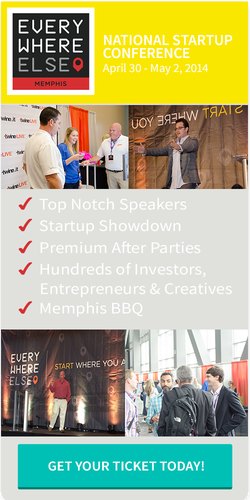 It would be easy to chalk this up to the youth culture of startup land, and Silicon Valley in general. It would be easy to say that if founders were more mature when they were handed millions of dollars of venture capital this wouldn’t be such a common story.
It would be easy to chalk this up to the youth culture of startup land, and Silicon Valley in general. It would be easy to say that if founders were more mature when they were handed millions of dollars of venture capital this wouldn’t be such a common story.
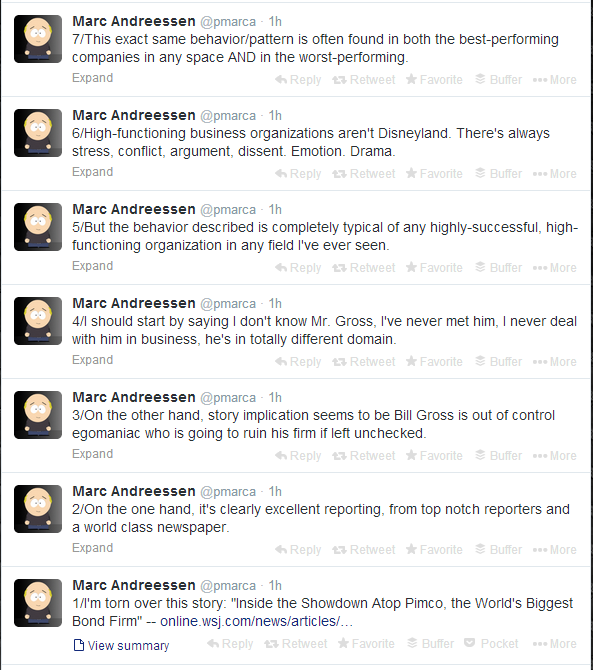



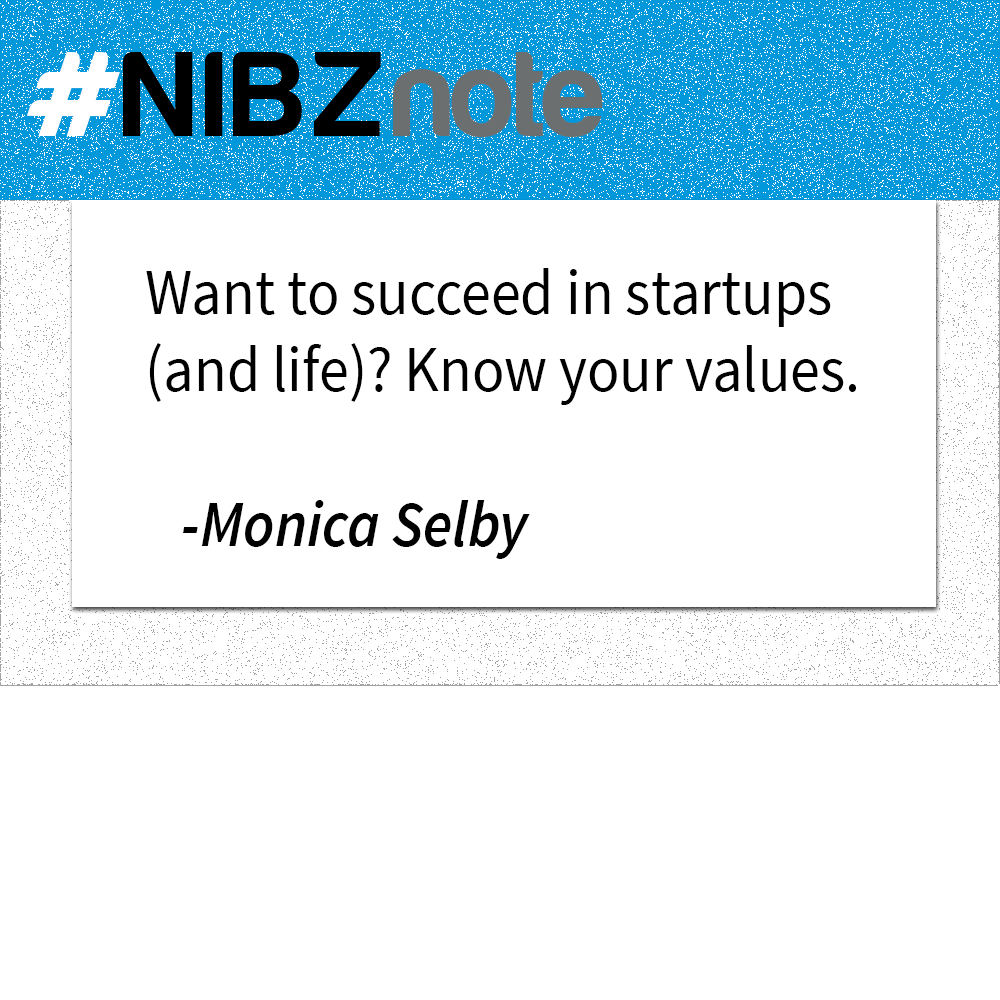



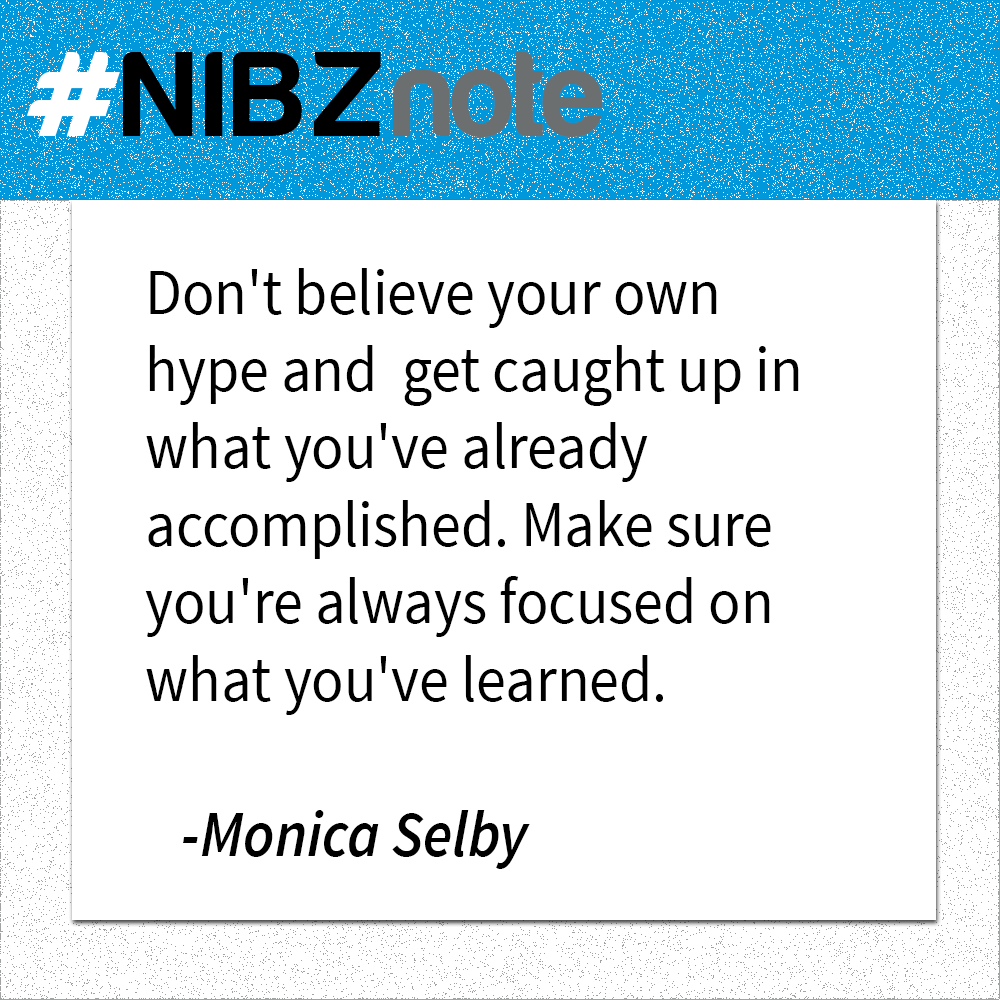



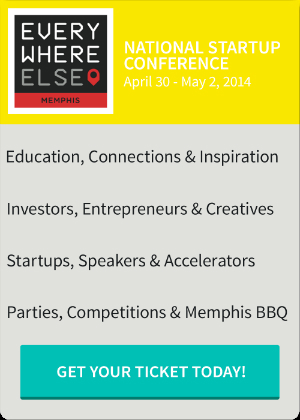
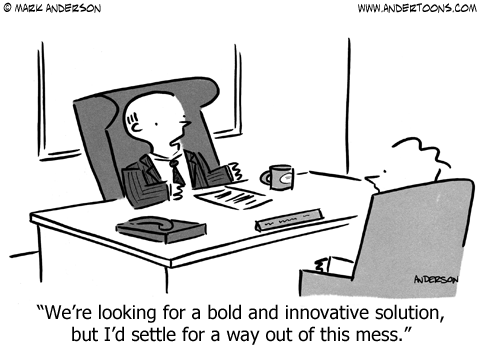

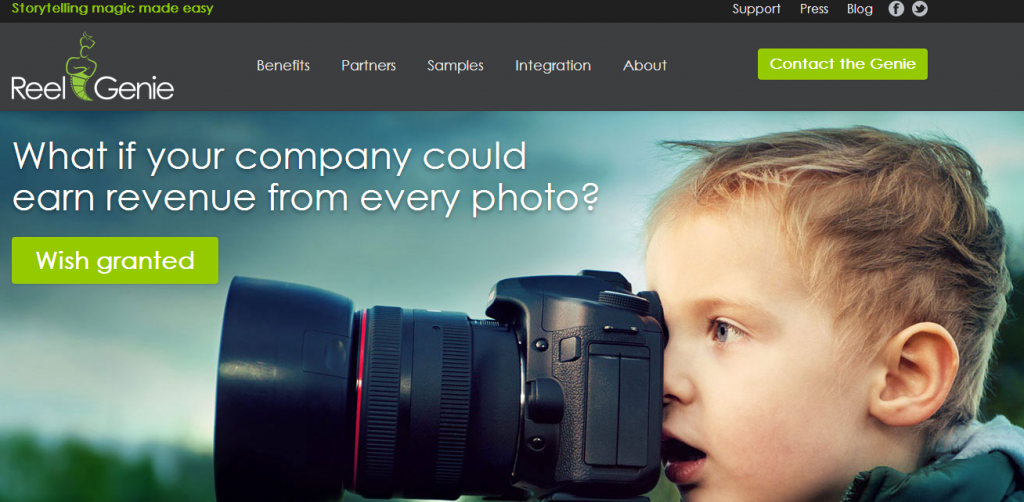
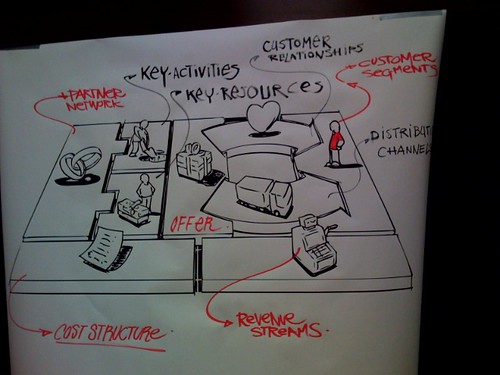

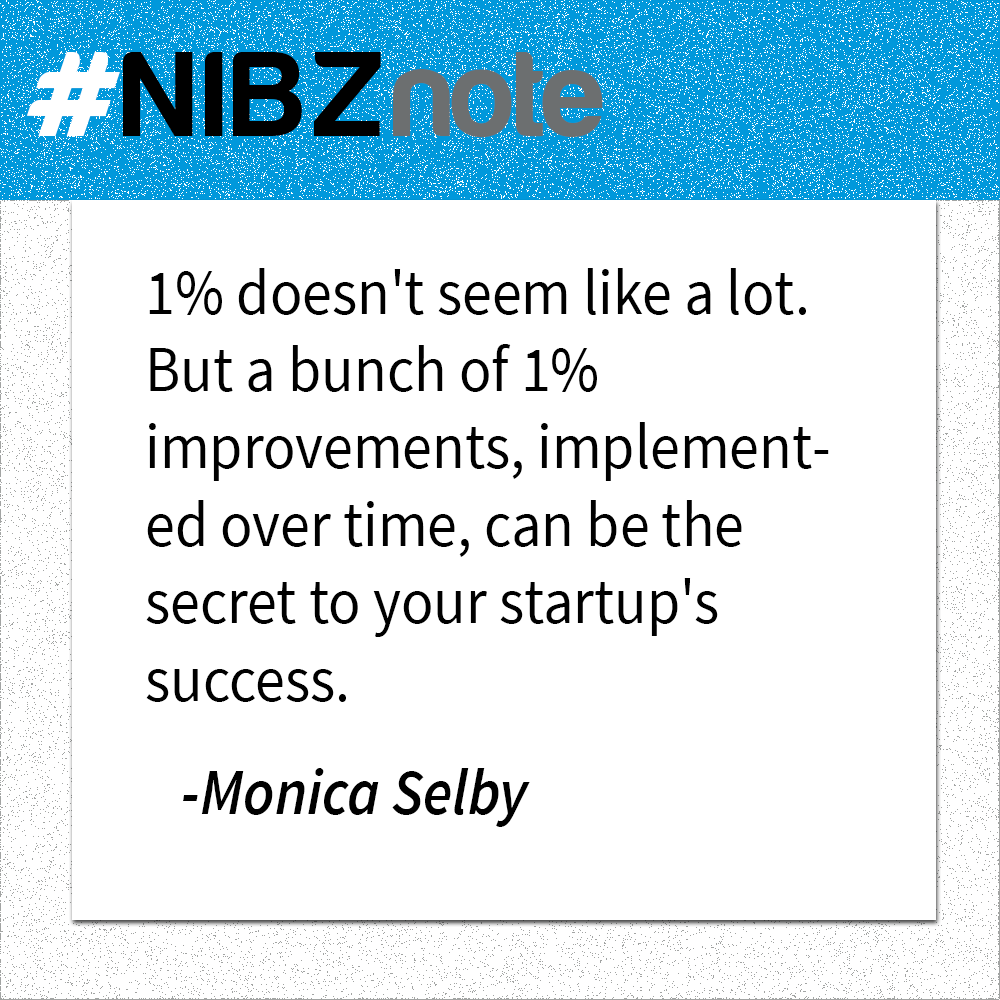


 Oh, the lies that entrepreneurs tell themselves. Even when all signs point to the contrary, it can be very easy to make up excuses for why your business isn’t succeeding. Here are some of the worst lies that entrepreneurs tell themselves, and the (sometimes) hard truths:
Oh, the lies that entrepreneurs tell themselves. Even when all signs point to the contrary, it can be very easy to make up excuses for why your business isn’t succeeding. Here are some of the worst lies that entrepreneurs tell themselves, and the (sometimes) hard truths:



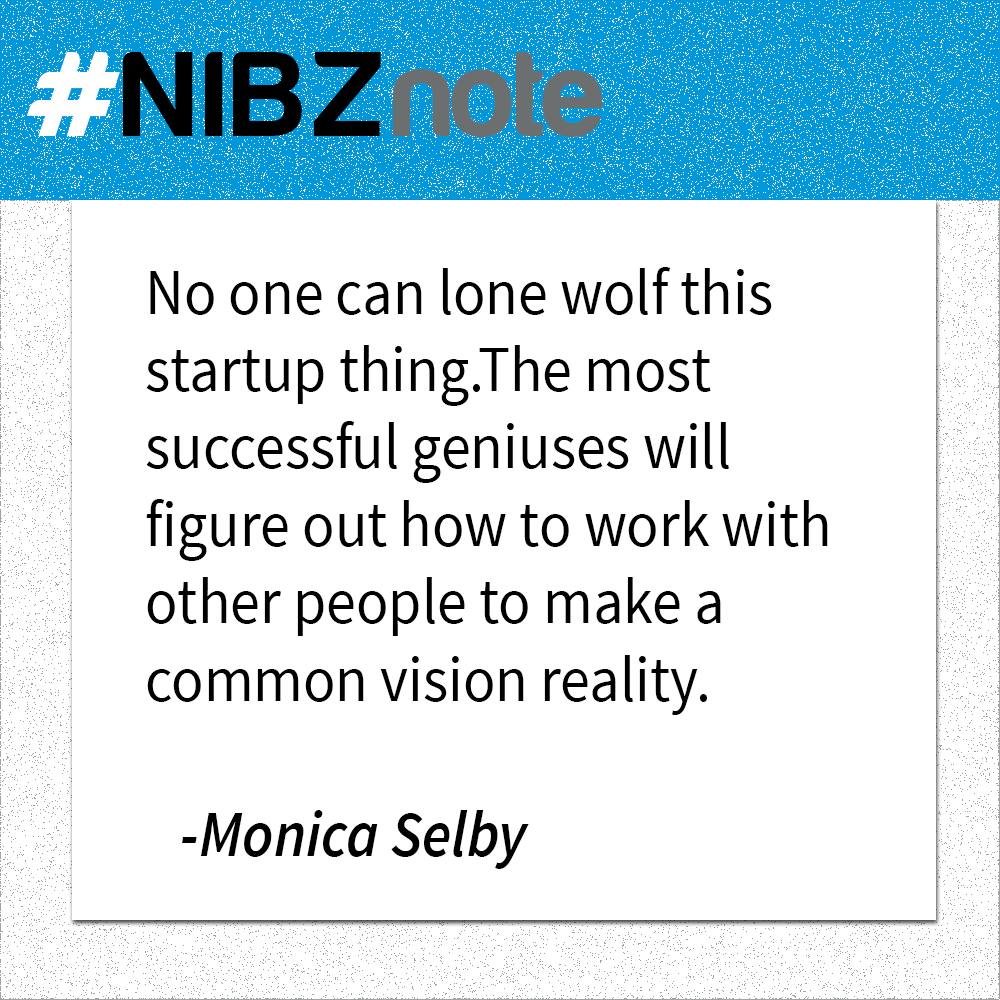 fictionalized character named James.
fictionalized character named James.

